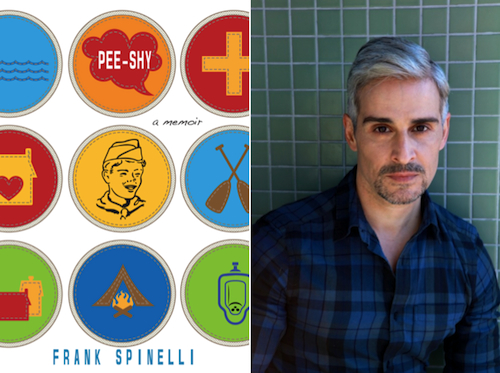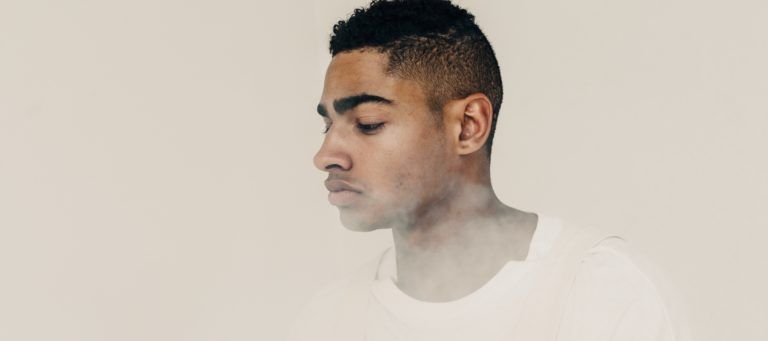As part of a rounded approach to cultivating wellness, I sometimes recommend meditation alongside acupuncture, dietary adjustments, or herbal formulas. Occasionally, the response is “I’ve tried meditation and I can’t do it” or “I’m not good at it.” If you’ve ever felt that way, let me start by reassuring you that you haven’t failed or discovered in yourself a fundamental inability.
You can meditate, if you want to give it another shot, but that doesn’t mean you have to. Meditation can be a healing practice that reveals profound insights, but it often isn’t easy, and it isn’t right for everyone at every time. So if you don’t want to meditate, that’s really ok. Instead, this article is here to help you have a different experience with meditation by offering some insight into why it may not have worked for you before, if you do want to revisit it, and make some simples suggestions for alternatives if you don’t want to revisit it.
First, let’s identify what we mean when talking about “meditation.” Forms of meditation have been practiced as part of spiritual and non-spiritual contemplative disciplines for thousands of years, across many cultures. As an umbrella term, meditation can refer to many different practices with divergent goals, techniques, and outcomes. Some forms of meditation are for training the mind to stay on a single object. Meditating on the breath is an example of this type. Some forms of meditation use the creative faculty of the mind to develop a visualization, others utilize external objects as support for the meditation, some involve chanting or movement. So, even if you’ve found one type of meditation challenging, another type may come more naturally to you.
It seems important to say at this point, as someone who has been practicing meditation for almost twenty years, I would feel daunted by starting to meditate at this particular moment in history. That isn’t to say that you shouldn’t try if you want to. But it is important to acknowledge our context. At a time when there is so much change, confusion, and tumult around us, starting the journey of looking closely at the mind is bound to be jarring. If you’ve tried to start meditating during the pandemic because it was suggested for relaxation or to manage anxiety and you had a bad experience, this context may have been part of the issue.
If, on the other hand, you tried before the pandemic and had a negative outcome, there are a whole host of reasons that might have been the case, but far and away, the most likely reason is that you were pushing yourself too hard. Some of the best advice I’ve heard for beginning mediators is to recognize that however much effort you’re putting in is almost certainly too much. For all forms of meditation, in the beginning, the most essential thing is cultivating a deep bodily and mental state of relaxation. For many of us, that is easier said than done.
If you try to do a “beginner” practice, like placing the mind on the breath, or counting the breath, without that basis in relaxation, that can be very uncomfortable. Then why is this practice taught to beginners? Again, context is key. This meditation comes from ancient Indian practices, later incorporated into Buddhism. The people who were meant to “begin” with this practice lived in a fundamentally different time than the modern era. They lived simple, slow, agrarian lives with no electricity, in strong communities, in deep connection to nature, and a level of exterior and interior quiet that is very hard for most people living in modern society to fathom.
Our nervous systems are conditioned very differently from the people for whom many traditional meditation techniques were designed. That doesn’t mean we can’t access them, but it does mean that if we want to, we should start really slowly and be extremely gentle with ourselves. For example, in the Tibetan Buddhist teachings on learning to still the mind, beginners are cautioned to start with counting just seven breaths and very gradually increase to 21. When you’re starting out, the recommended span of time for a whole meditation session is often under 2 minutes!
In a society where we’re taught that things are achieved through trying hard and that if things don’t come to fruition, it’s because we didn’t “try hard enough,” it can be very challenging to try less without feeling like we’re “failing” or “giving up.” So, how do you do something hard without trying harder? The answer is to start very, very small and work up very gradually. It can be hard to begin slowly when we’re used to being so active and competent with the rest of our lives, but meditation is fundamentally unlike other kinds of mental activity, so it takes a lot of gentleness, and that starts with letting yourself “not be good at it.”
It’s also important to note that the particular patterns of how qi moves in the body can make meditation especially difficult or physically uncomfortable. There are physical signs that this might be the case, and they can include:
- Feeling tightness or aching throughout the body that you don’t feel when you’re not attempting to meditate
- Feeling suddenly hot, cold, or dizzy
- Feeling suddenly claustrophobic
- Feeling very aware of the beating of your heart
- Feeling a tight, constricting, or cold sensation in the center of your chest
If you feel any of these things while meditating, you should stop. You should not begin again unless you have both a qualified teacher to work with one-on-one and consistent access to acupuncture and herbs. If you have a history of trauma, bodily or otherwise, you should also have the support of a trained psychotherapist.
If, after reading this, you feel like this has confirmed that meditation isn’t right for you right now, then I would encourage you to build time into your life for activities that promote genuine relaxation. Some possibilities include:
- Time in nature, which is the closest approximation to the internal benefits of meditation
- Forms of movement that help to “clear the mind,” but it’s important to stop before you’re exhausted
- Cultivating pleasant daydreams, using the imaginative faculty of the mind to promote beauty and a sense of openness
- Singing, dancing, snuggling, and laughing
- Any experience that fosters a sense of awe and wonder
If, after reading this, you feel like you would like to try a relaxation exercise that leads very naturally into meditation and is a good way to prep the body and mind before you take up meditation, I invite you to try the following:
- Lay down on your bed, on your back, with no pillow or a small pillow under your head.
- Start a gentle timer for 3 minutes.
- Lay on your back, with legs slightly apart and arms out from your sides, palms open and facing up (commonly known as “savasana” or “Shavasana” in yoga terminology).
- As you lie quietly, feel that you are safe.
- Allow your body to relax as deeply as you can. Don’t try to “smooth” your breath. Don’t alter your breath in any way. Just let the body breathe. Don’t focus on the inhalation. With every exhalation, follow the breath out as it flows out into the space around you. Let your body melt into the bed and feel heavy. That’s the only technique.
- If your mind is stirring too much to settle, simply end the session and thank yourself for practicing




